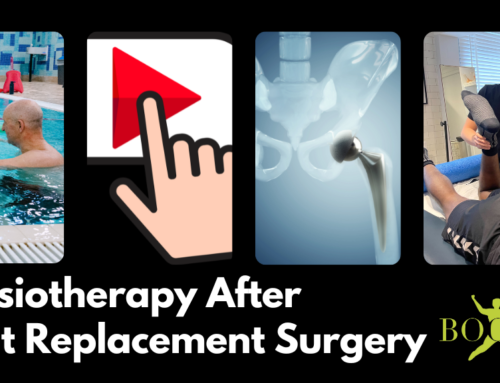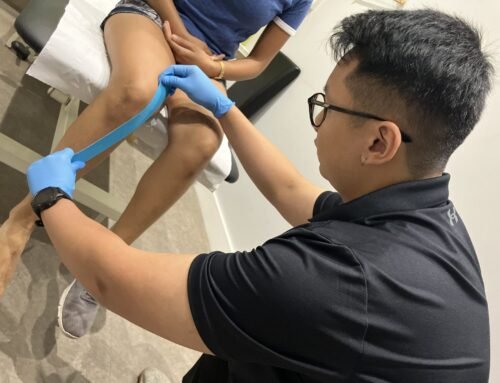By Laura Harman, Senior Physiotherapist, BOOST PHYSIO
What is Pilates?
Pilates is described as a form of body reconditioning designed to strengthen and stabilise the body from its central core. It’s a great way to keep fit and healthy, whilst looking after your back at the same time.
The idea of Pilates was developed by Joseph Pilates in the early 20th century. During the years of his life he devised a series of over 500 stretching and strengthening exercises until his death in 1967. Over the years, Pilates has progressed and continues to grow, benefitting many people around the world.
Which muscles are we targeting?
The very deepest layer of your abdominal muscles is called your transversus abdominis. It acts as your internal corset and should activate milli-seconds before other muscles in your body. In doing this it ‘braces’ the low back and serves to protect it during movement. Research has shown that this function is lost after someone experiences back pain; even after the pain has gone, the muscle weakness will still be there. Pilates exercises target this muscle to re-train and strengthen it, thus decreasing the chance of back pain recurring.
It is also the key to gaining a washboard stomach – just doing sit ups will not have the same effect! So even if you have never experienced back pain, learning to contract this muscle properly is still vital if you are to reap all the benefits Pilates has to offer.
Many other muscles will be worked during your classes, including the shoulder, buttock and thigh muscles, as well as the more superficial abdominal muscles (e.g. the ‘6-pack’) but as you are beginning to learn this exercise technique it is important that we begin by training your muscles starting with the deepest to ensure you have good control and stability before progressing onto the more challenging strength exercises.
call us for more details on 020 82017788.
It is advised that you book in for a 30 min 1:1 Pilates induction session before starting the course in order to learn the Pilates basic principles.
References
Siler, B, 2000. The Pilates Body. Broadway Books, New York, NY.
Muscolino, J, E and Cipriani, S. Pilates and the ‘‘powerhouse’’ Journal of Bodywork and Movement Therapies (2004) 8, 15–24
Hodges, P, W. Is there a role for transverses abdominis in lumbo-pelvic stability? Manual Therapy (1999) 4 (2), 74-86








